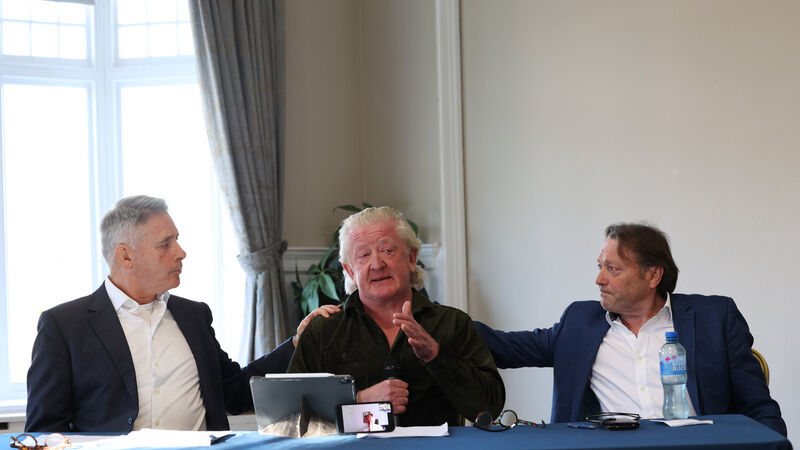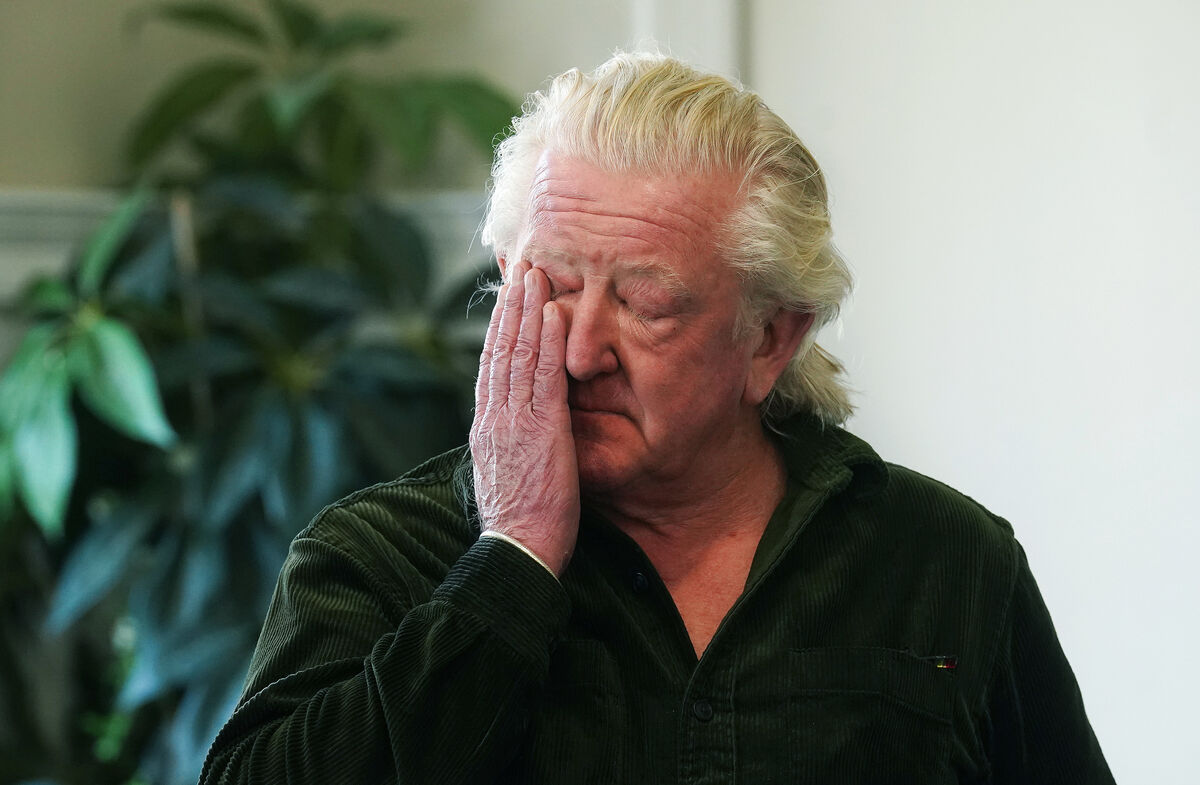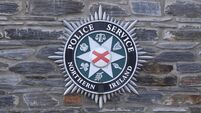Blackrock College survivor: 'A fifth of 1979 class came forward to report abuse'

John Coulter, a member of the survivors’ group from Blackrock College and Willow Park, said that around 21% of the Leaving Cert class of 1979 came forward to a Facebook group to report they’d been abused.
Sitting alongside him, former classmate Louis Hoffman said he’d set up the Facebook page called .
“From there, the stories started coming in,” he said. “And they built and built.”
Mr Hoffman described what happened to him at a school concert in 1974 when he was just 13.
“I was messing,” he said. “I was taken out the back of the hall by Father [Senan] Corry.”
But instead of being beaten as he had feared, the priest brought him upstairs to a balcony area and locked the door.
“I knew this man was violent, I never knew he was a sexual abuser,” he said. “He sat me down, took my hand, and put it on him. I screamed.”
Mr Hoffman said the priest panicked and jumped up to open the door. Two of his classmates who’d sneaked up then fell in the door.
“That was the end of it, he sent me off,” he said. Father Corry then took him off the football team.
Over 20 years later, at the funeral of Mr Hoffman’s father, a number of priests from Blackrock had come and one of them was Father Corry.
“My anger boiled up,” he said, having already been left reeling at the death of his father.
“That was the beginning for me.”
From there, he became determined to take action, culminating in the group which engaged in the restorative justice process.
“Huge amounts of people were traumatised by this. Not just the seriously abused, the witnesses too, people were in those classrooms.”

Corry McMahon, part of the class of 1978, also spoke about his own story.
“I was abused by Father [Aloysius] Flood and Father Corry,” he said.
“Picture a 12-year-old child that you know. That was us. Our mindsets at the time. I’m 62 and a half now. That was 50 years ago.
“The Belvo story broke,” he said. “The Terenure story broke. The George Gibney podcast was out.
"I listened to the stories of the victims. It spurred me on to get in touch with Philip and Louis again. Maybe the stars had aligned, and the world is ready to have a crack at it.”
Mr McMahon said they discovered the restorative justice process and opted for that.
He described going to the library in Blackrock to meet with the Spiritans.
“The next day, I really had a sense that the balance of power had changed,” he said.
"I had gotten the 12-year-old boy back on side. The world is very different for me now."
Mr McMahon said that, through this process, he “never had to prove” what happened to him.
“I wasn’t asked what clothes I was wearing, what I had for lunch that day,” he said. “I believe the apology [from the Spiritans] is sincere. Anybody who’s thinking about it, phone and contact Tim [Chapman].”
Mr Coulter criticised the courts process for what it puts victims through.
“The legal system creates an adversarial system that is totally retraumatising,” he said. “The people who’ve done it are incredibly courageous. But my god they’ve suffered.
“What we’re trying to do here is give people a place they can go, open up, be heard have it acknowledged.
Independent practitioner Tim Chapman said that he wants the restorative justice process to allow victims to get what they need while also allowing the Spiritans to “feel they’ve acted in an accountable way, to show the integrity of their position in the present, even if it’s been shameful in the past”.
Other abuse survivors in attendance at the briefing, including Mark Vincent Healy, were clearer in their calls for an independent inquiry as opposed to the restorative justice process.
He said that since many abusers are dead, then the kind of healing proposed under restorative justice could not be achieved, nor would information on how priests were simply moved to other schools instead of being stopped.





